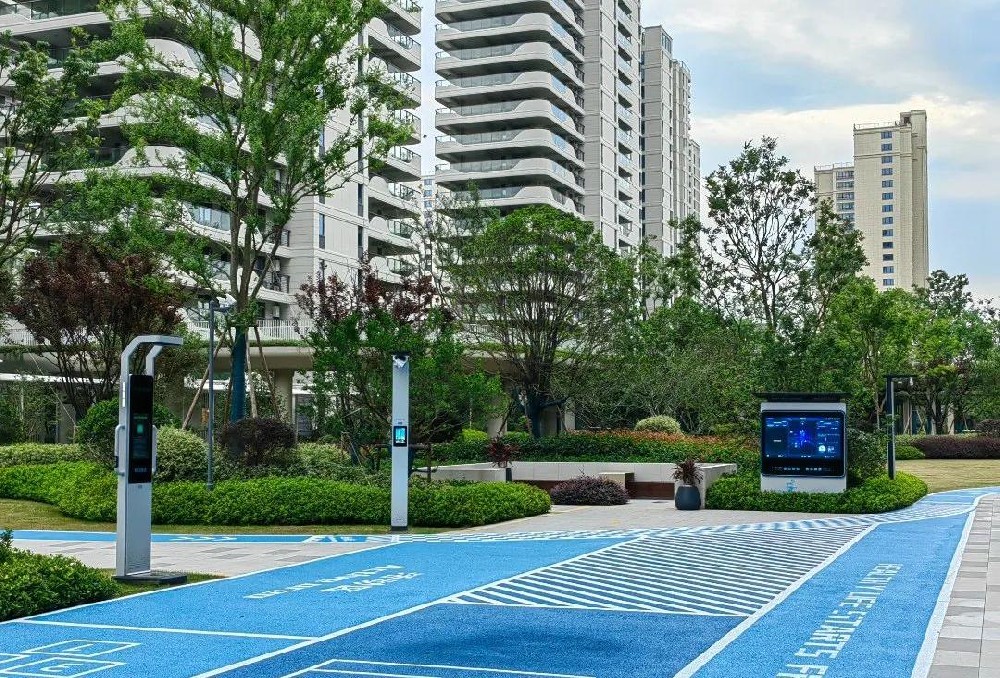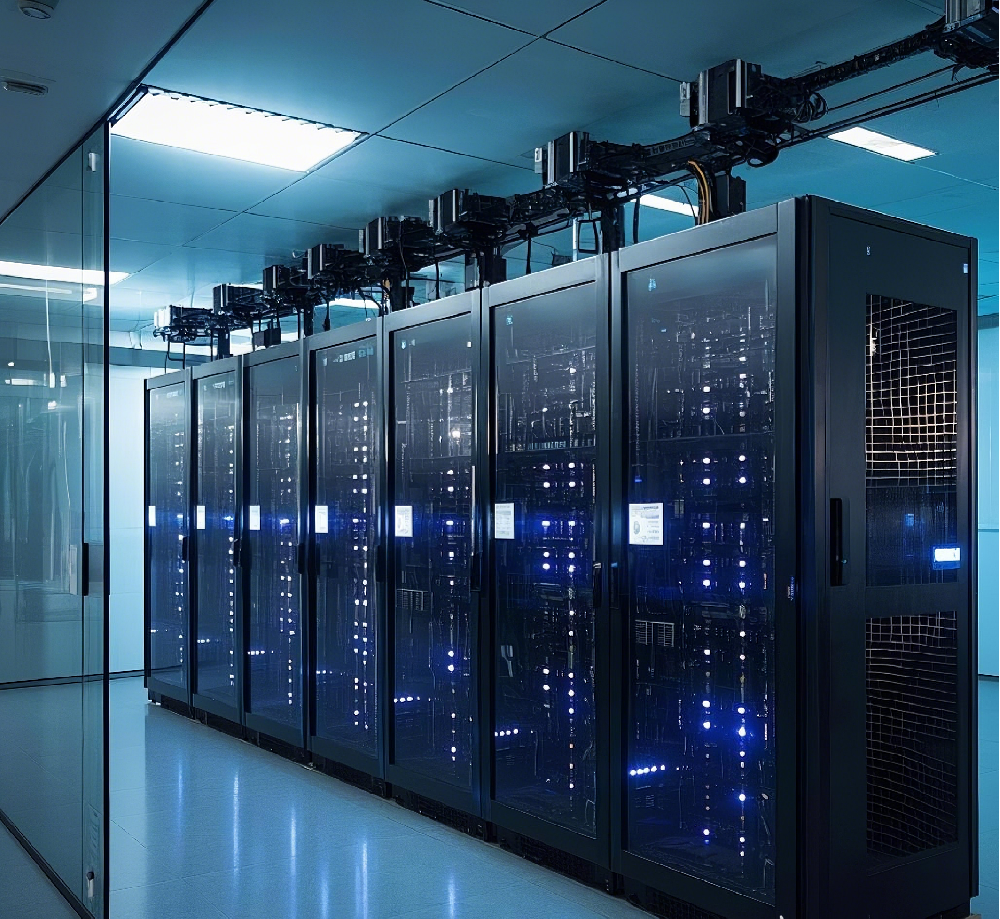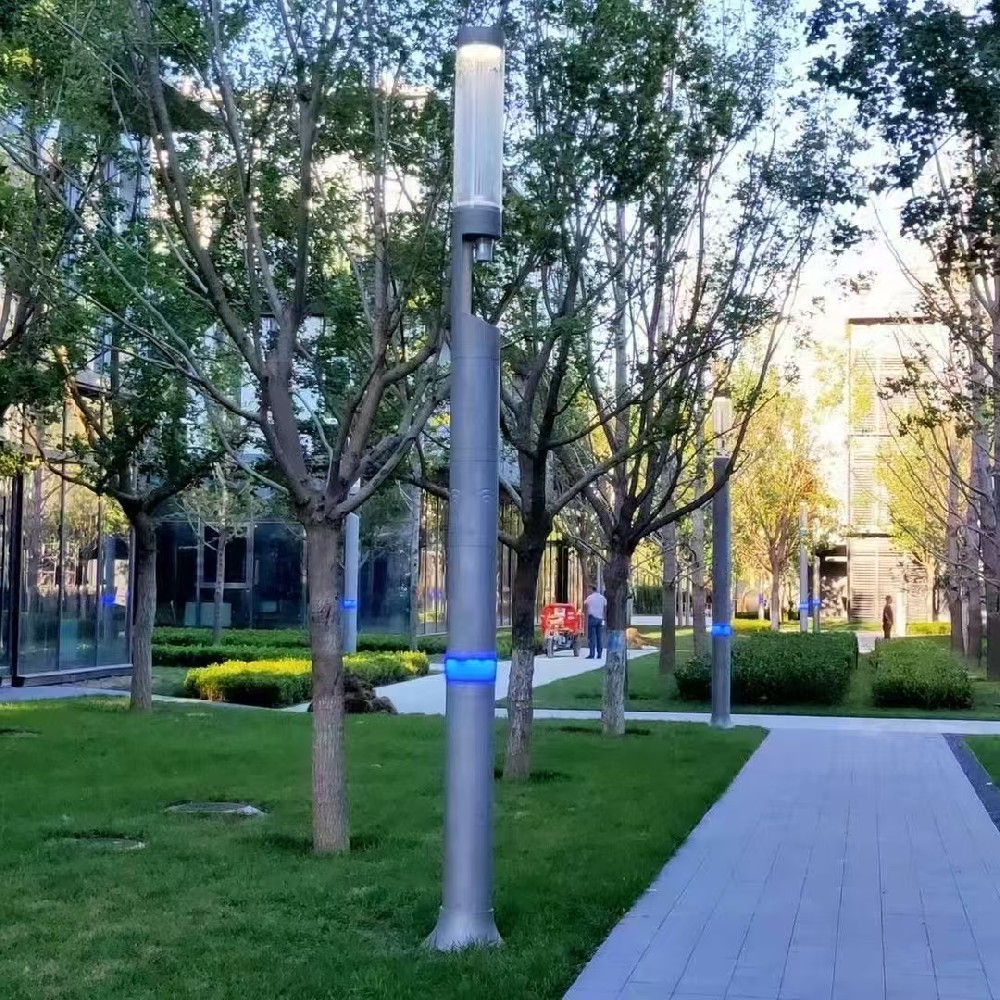Smart Sports and Fitness Corridor of 'National Intelligent Movement'
national smart city pilot area, in recent years, it has been committed to integrating technologies such as the Internet of Things, big data, and artificial intelligence into public sports services. The district government has cooperated with science and technology enterprises to create a domestic "AI + National Fitness" demonstration project - "National Intelligent Movement" intelligent fitness corridor, covering 5 major parks and 12 communities in the district, aiming to improve the fitness efficiency of citizens and optimize the management of urban public space through intelligent sports equipment.
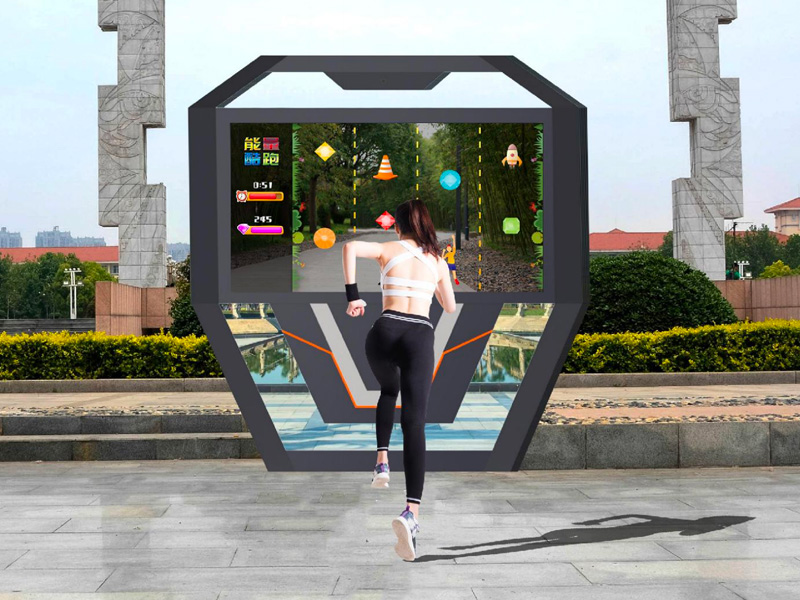
core technology and device functions
smart fitness equipment cluster
built-in sensors: real-time monitoring of exercise duration, frequency, Calorie consumption and other data are instantly fed back through the LED screen.
face recognition system: after citizens scan the code or swipe their faces to register, Automatically generate personal sports files and support data cloud storage.
Adaptive resistance adjustment: The strength training equipment automatically adjusts the intensity according to the user's fitness to reduce the risk of sports injuries.
environment awareness and interactive installation
smart runway: embedded pressure-sensitive floor tiles, The runner's cadence and landing posture are recorded, and correction suggestions are generated through AI algorithms.
light and shadow interactive wall: combined with somatosensory camera, Members of the public can trigger wall projection games through body movements to attract young people to participate in exercise.
city management background
device usage heat map: Displays the density of people in each area in real time to guide equipment maintenance and space optimization.
energy consumption monitoring system: solar power supply equipment accounts for 70%, Reduce carbon emissions by about 15 tons per year.
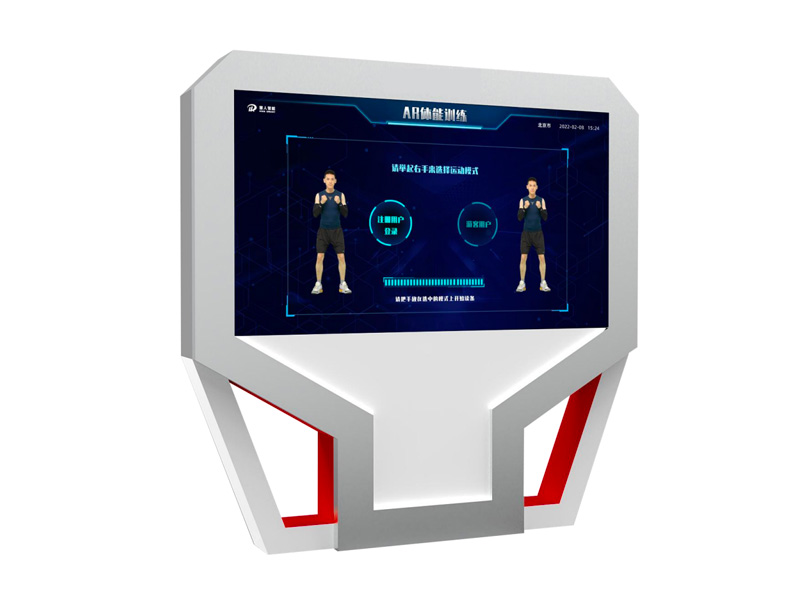
improve the health level of the public
the average number of daily users reached 23,000, an increase of 120% compared with traditional equipment;
user surveys,87% Citizens believe that the intelligent feedback function has significantly improved the science of sports.
optimize the efficiency of urban governance
reduced response time from 48 hours to 4 hours ;
adjust the equipment layout through data analysis, The utilization rate of inefficient areas increased by 65%.
benefit expansion
generate regional health white papers: provide reference data for chronic disease prevention for disease control departments;
develop "family exercise PK" applet, Led more than 100,000 families to participate in online fitness socialization.
multimodal interaction design
integrates voice guidance, AR motion correction, community ranking, and other functions to create an immersive fitness experience.
data-driven public services
By anonymizing sports big data, it assists the government in planning the site selection and age-appropriate renovation of community fitness centers.
sustainable O&M model
introduce a tripartite cooperation mechanism of "enterprise construction-government supervision-user feedback" to reduce the pressure on financial investment.
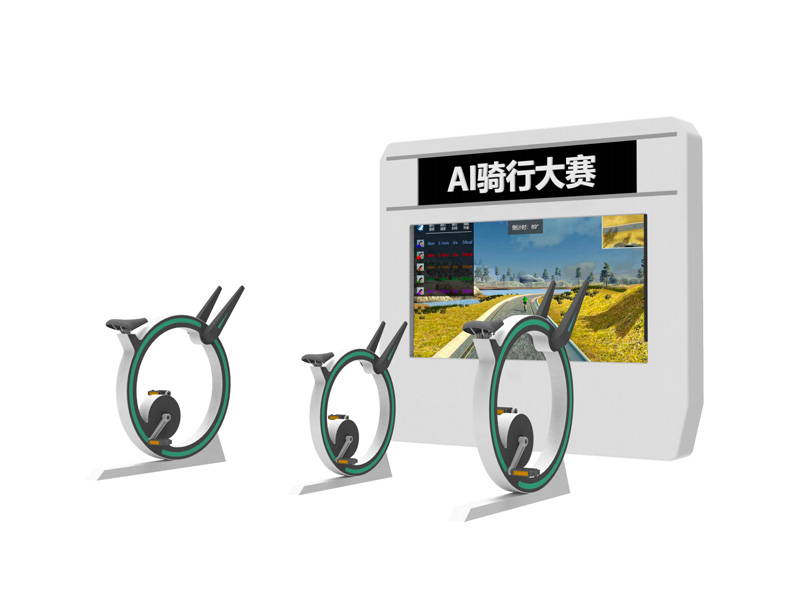
challenges and solutions
privacy protection issues: using edge computing technology, sensitive data is processed locally, Only the redacted information is uploaded to the cloud.
Age-Appropriate Disorders: Add Voice Navigation and "One-Click Help" button to carry out community volunteer training.
device compatibility: open APIs, Support data exchange with mainstream sports bracelets and health apps.
> plans to complete the full coverage of smart fitness facilities in the district and explore the following directions:
Access to the urban medical system to customize exercise prescriptions for patients with hypertension and diabetes;
develop VR virtual coaching function, Break through the limitations of time and space;
to build a "sports carbon credit" system, Encourage citizens to engage in low-carbon fitness behaviors.
>"Everyone's Smart" The project confirms the three major values of smart city sports equipment:
Empower traditional public facilities through technology and activate the "gray space" of the city;
uses data as a link to achieve accurate supply of public services;
combination of technology and humanistic care, Promote the upgrading of national fitness to intelligence and socialization.
